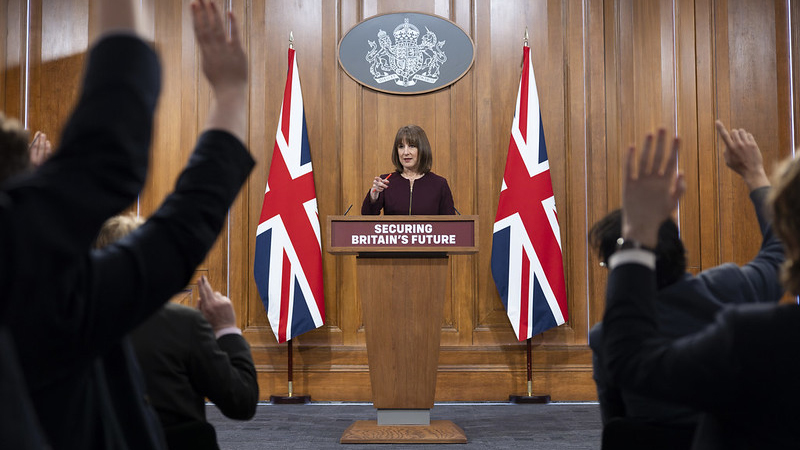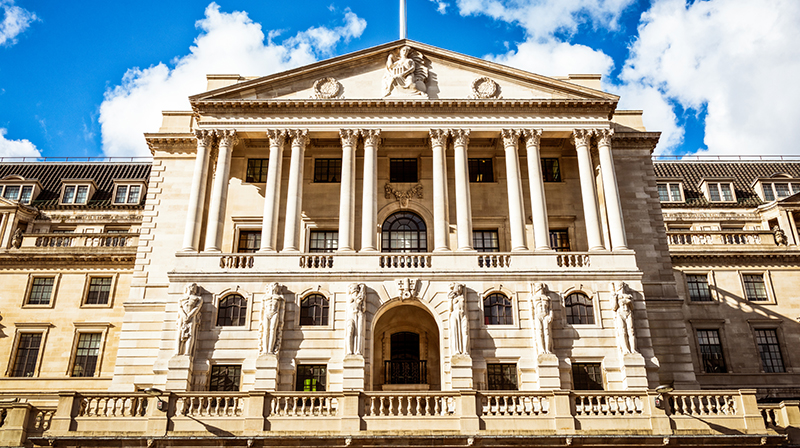The Bank of England has held rates for the fourth consecutive meeting after the Monetary Policy Committee’s voted 6-3 in favour of maintaining rates at 5.25%.
Two members voted to increase the rate to 5.5%, while one voted to cut to 5%.
The same decision to pause was taken at the previous Monetary Policy Committee meeting in December, while the Fed also held interest rates last night (31 January).
Inflation concerns persist
Reacting to the decision, Abhi Chatterjee, chief investment strategist at Dynamic Planner, said the move to keep rates at their current level suggests expectations of cuts in the near future may be misplaced.
He said: “All this indicates that the economy is not out of the woods yet and the expectations of cuts in the interest rates would be slightly premature. The fallout from the geopolitical issues around the Suez and the Red Sea has already led to re-routing of goods traffic to the lengthier route round the Cape of Good Hope – the impact of this has not been felt fully but on balance, should create inflationary pressures. Much as we would like interest rates to be lower, we will have to make do with the current level of interest rates for the near future.”
However, Quilter Investors investment strategist Lindsay James pointed to the singular vote to cut rates to 5% as a sign that the tide may be turning in terms of the BoE’s thinking.
“Given economic growth is stagnating but not yet properly declining, and with confidence improving, the BoE will want to keep its powder dry before pivoting to rate cuts later in the year,” she said.
“Indeed, the latest inflation figures show that while it is falling, the journey back to 2% is not a smooth one, and thus they will not want to jump the gun and cut too early. Given the fragile nature of this economic environment, and the geopolitical risks playing out, Andrew Bailey and co will take a cautious approach rather than risk another inflation spike. What is likely to switch the conversation on rate cuts is if the 2% target is hit sooner than thought.
“However, we are beginning to see signs that the BoE may move soon as there was a vote at today’s meeting for a cut. There is a chance that it is reached in April, but with recent readings showing an unexpected jump, and some forecasts suggesting that attainment of the 2% level will be short-lived, the Committee is keen to mirror the Federal Reserve in promoting a ‘data dependent’ approach.”
Raymond James Investment Services European strategist Jeremy Batstone-Carr also said rate-setters will wait to see confirmation that inflation will continue its downward trajectory before cutting interest rates.
He said: “The justification for holding rates lies in the fact that inflation fell faster over the autumn months than was previously predicted, with further deceleration expected in the months to come.
“Despite talk about an increase in price pressures as a result of supply disruptions in the Red Sea, the Bank has decided that this is unlikely to have a significant impact on domestic inflation.
“It appears there no longer exists a firm commitment to keep rates at levels restrictive to economic activity. However, rate-setters are likely to tread warily and will wait to see confirmation that inflation has resumed its downward pathway before committing to policy easing. While the exact timing of the first rate cut remains in doubt, the point at which monetary policy is finally loosened is probably not all that far away.”











